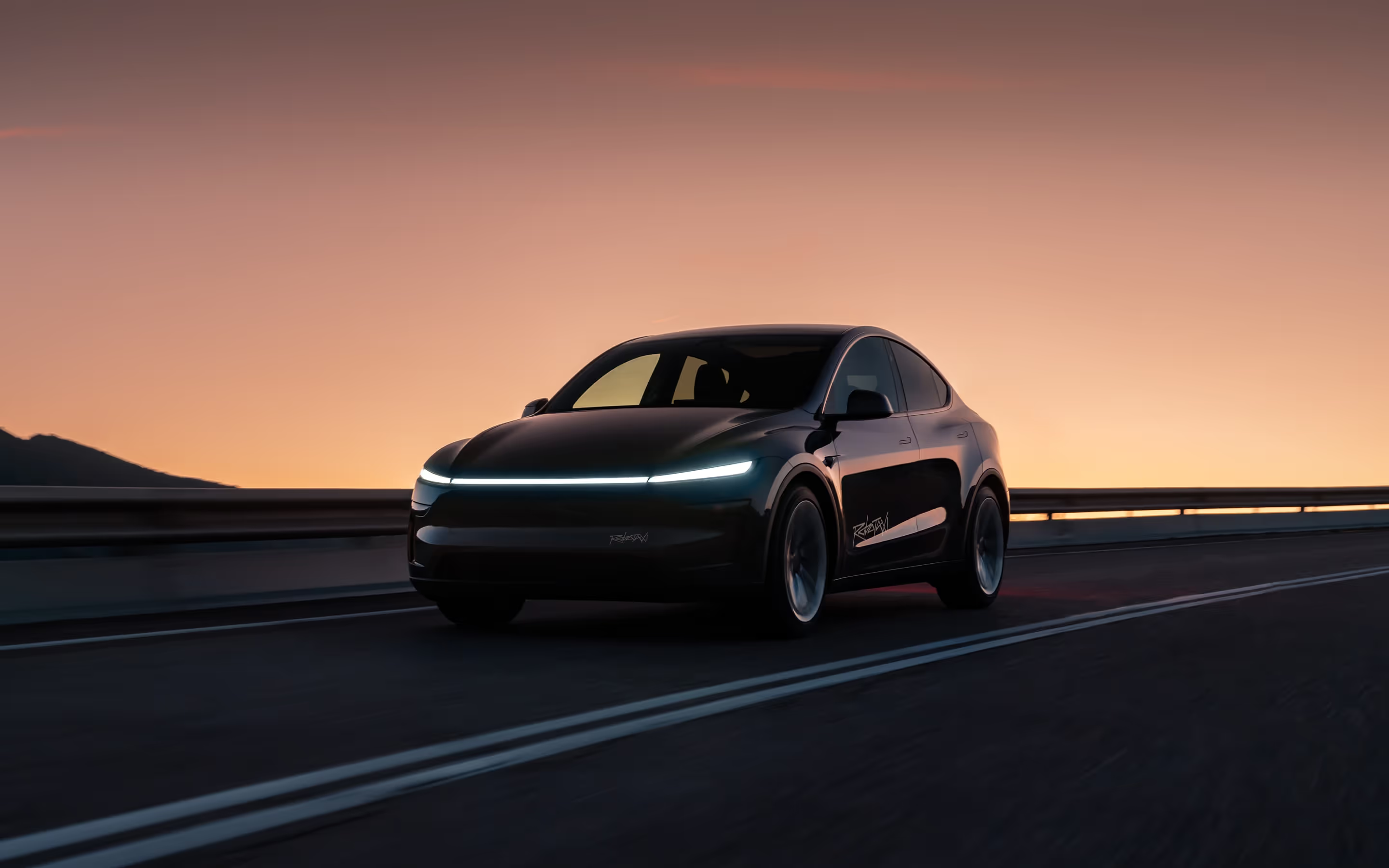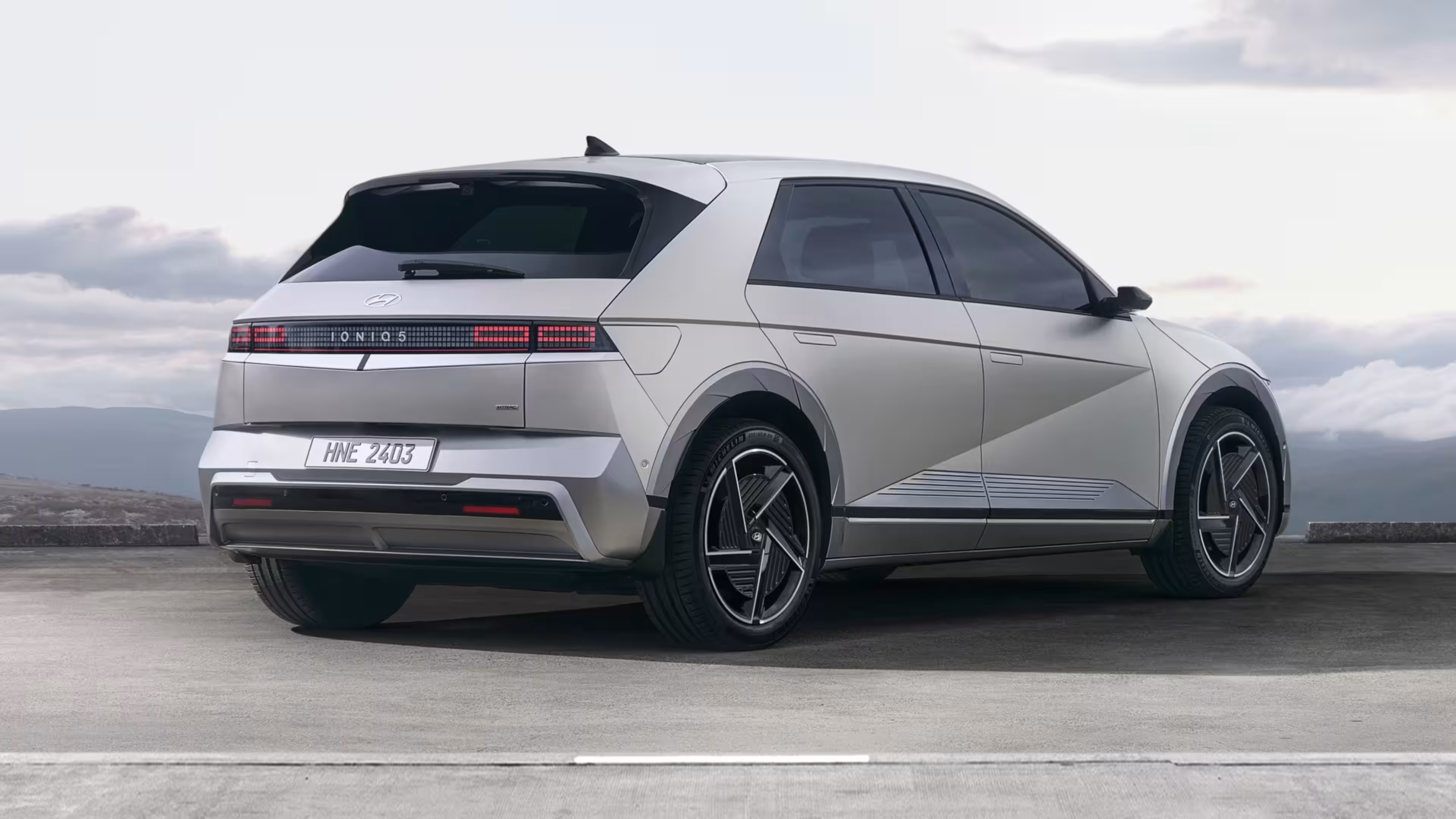Electric vehicles are quickly gaining popularity around the world, expected to account for 46% of light-vehicle sales in 2025, growing to 68% in 2030, and 83% in 2035. Growth rates suggest even faster adoption.
Many governments have set ambitious goals for electric vehicle adoption to reduce carbon emissions from transportation. For example, the UK plans to ban sales of new petrol and diesel cars by 2030 and California will require all new vehicles sold to be zero-emission by 2035.
The advantages of electric car subscription services, such as clear pricing with no hidden fees and the transformation of customer driving experiences, are also contributing to this growth. Specific models like the Tesla Model 3 highlight the accessibility and appeal of these services, underlining the convenience and flexibility of renting or subscribing to electric vehicles.
But the rapid growth of the EV market does not come without challenges. One major issue is the rapid depreciation of EV values as new models come to market.
The Crisis of Declining EV Residual Values
Recent data shows that electric vehicles are losing value at a much faster rate than internal combustion engine vehicles. According to research by Ernst and Young, the residual value of a Tesla Model 3 after 3 years can be as low as 41% of its original price, compared to around 56% for an equivalent gasoline-powered vehicle. Another study by Auto News Europe found that across various EV models, the average residual value was just 47% of the original price after 3 years, a full 25 percentage points lower than the best-performing internal combustion vehicles.
This rapid depreciation makes it much harder to justify the higher upfront cost of electric vehicles. As new models come out with improved range and features, used EV prices are plummeting. For automakers who have invested heavily in new EV models and need to see a return on investment, declining residual values are quickly becoming a crisis that threatens the economics of the transition to electric. Comprehensive insurance is often included in subscription services to mitigate financial risks, providing peace of mind and convenience by bundling necessary services like maintenance and roadside assistance.
How This Hurts Automakers and Fleet Owners
Falling residual values for EVs present significant challenges for automakers and fleet owners, residual value reductions of 10-20% have been noted over the last 12 months across electric vehicle models. This decline in used EV prices makes it harder for automakers to justify the higher upfront cost of new electric vehicles. With used EV values falling rapidly as soon as new models come out, the total cost of ownership calculation shifts against EVs.
For corporate and government fleets managing large numbers of EVs, the sharp drop in residual value also creates major financial risks. Uncertainty around future residual values makes it much harder to forecast total cost of ownership accurately. Without stable residual values, fleet managers face the possibility of significant losses when remarketing used EVs. Subscription services can help mitigate these risks by ensuring that vehicles are always fully charged and ready for use, reducing downtime and increasing efficiency.
Overall, the rapid decline in used EV prices undermines the economics around new EV purchases. Automakers will struggle to recoup investments in EV development if residual values keep falling. Fleet owners also need more residual value stability to confidently adopt EVs at scale.
What is Monthly Subscription?
Car subscriptions are an emerging alternative to traditional car buying, leasing, and renting. With a subscription service, a customer pays a monthly or annual fee to have access to a vehicle from a company’s fleet. The subscription provider manages the fleet, offers flexible terms, and often provides insurance, maintenance, and roadside assistance as part of the package.
A monthly subscription offers numerous benefits, including flexibility and convenience, allowing customers to switch or cancel their plans as needed.
There are a few key ways car subscriptions work:
- Customers choose from a selection of vehicles and subscribe for as short as a month or as long as a few years
- Swapping vehicles is easy, with the option to change cars depending on need
- Fees cover costs of insurance, maintenance, registration, and limited mileage
- The provider handles remarketing of the vehicles when they are cycled out of the fleet
Compared to leasing or finance payments, the subscription bundles costs into one recurring fee. This pay-as-you-go model gives customers flexibility without long-term commitments to a single vehicle.
How Car Subscriptions Could Help
One way car subscriptions could help address the crisis of declining EV residual values is by keeping each vehicle in use longer before selling it. Car subscription services allow subscribers to swap between vehicles on demand from a managed pool. Rather than the subscriber owning the vehicle, the subscription provider retains ownership and manages remarketing.
This means the vehicles in the subscription fleet remain in service for a longer period of time before being resold. The cars are continuously cycled through new subscribers, accumulating more miles and use before reaching the used market. Keeping the EVs in service longer spreads the residual value risk over a longer ownership period and multiple users.
By retaining ownership longer and delaying resale, car subscription providers can help smooth out the sharp declines in EV residual values that are hurting automaker and fleet operator finances. Additionally, car subscriptions offer flexibility without the need for a long term commitment, allowing customers to enjoy the benefits of using an electric vehicle with the freedom to cancel anytime.
Benefits of Using Car Subscriptions for EVs
One of the major benefits of using car subscriptions for EVs is that it makes it much easier for users to frequently swap into the newest EV models. With a traditional purchase or lease, EV owners may be stuck with their current vehicle for years. This locks them into older battery technology and misses out on continuous EV improvements.
With a car subscription, as soon as a new model is released, subscribers can exchange their current EV for the latest version. This provides them with constantly updated vehicle features, larger batteries, expanded range and other improvements. For technology-focused EV drivers always wanting the newest model, the flexibility of subscriptions is highly appealing. Additionally, the convenience of scheduling vehicle pick up as part of the subscription service enhances the user-friendly experience.
Automakers can also use car subscriptions to manage inventory and more rapidly cycle the newest EVs through their user base. By getting their latest models into subscribers’ hands faster, they can speed up adoption and usage data to optimize future designs. If they can retain subscribers, it gives them a sales channel to efficiently allocate EVs as new models arrive. This allows them to focus less on the residual values of older models.
Will This Work Long Term?
The long-term viability of using car subscriptions to support EV residual values depends heavily on subscriber demand and effective fleet optimization. If automakers can attract and retain enough subscribers to keep their EVs in constant use, this model could work. According to a BCG report, the key is providing enough value to subscribers through flexible plans and vehicle variety to prevent churn. Companies will need advanced systems to optimize their fleet supply and vehicle rotations. The unknown factor is whether the novelty of subscriptions will wear off over time. Car ownership has dominated for so long that it's unclear if people will settle into subscriptions as a permanent model.
What Automakers Need to Do
For car subscriptions to stabilize EV residual values long term, automakers will need to build durability and upgradability into their vehicles. Most EVs have integrated battery packs that are difficult to replace or upgrade. However, some companies like Nissan and Tesla offer battery upgrade options, allowing older EVs to extend their range and value.
Automakers should design EV battery packs to be modular and upgradable, making it easier to swap old batteries for new as technology improves. They can also utilize advanced cooling systems, charge management, and chemistry improvements to maximize battery lifespan.
Facilitating battery upgrades along with durable vehicle design will be crucial for car subscription fleets. This will allow used EVs coming off subscription to retain optimal range, performance and appeal in the second-hand market. Automakers that perfect this upgradability will give their EVs lasting residual value despite rapid release of new models.
Key Takeaways
Car subscriptions have the potential to disrupt traditional EV ownership models as a flexible option during the growing pains of the EV market. Though not yet proven, subscriptions could support residual values in the long run by optimizing inventory and keeping vehicles in use longer. However, questions remain around consumer demand and ideal ownership models. Ultimately more time is needed to evaluate if car subscriptions can provide enough ongoing value to attract and retain users at scale. Yet it remains an intriguing concept worth further exploration amidst the complexities of emerging EV adoption.
As EVs gain popularity, declining residual values pose challenges for stakeholders across the auto industry. Car subscriptions represent one potential innovation that could help smooth the transition by stabilizing values and lowering costs. While the model needs refinement, it offers flexibility that may prove useful as the market continues to evolve. With careful execution, car subscriptions could become a viable new ownership paradigm uniquely suited to the opportunities and obstacles of mainstream EV integration.









